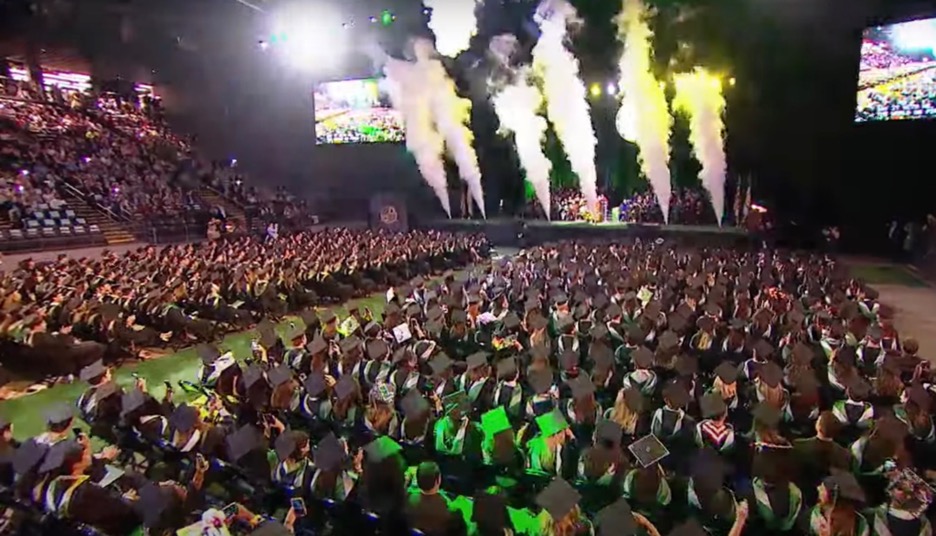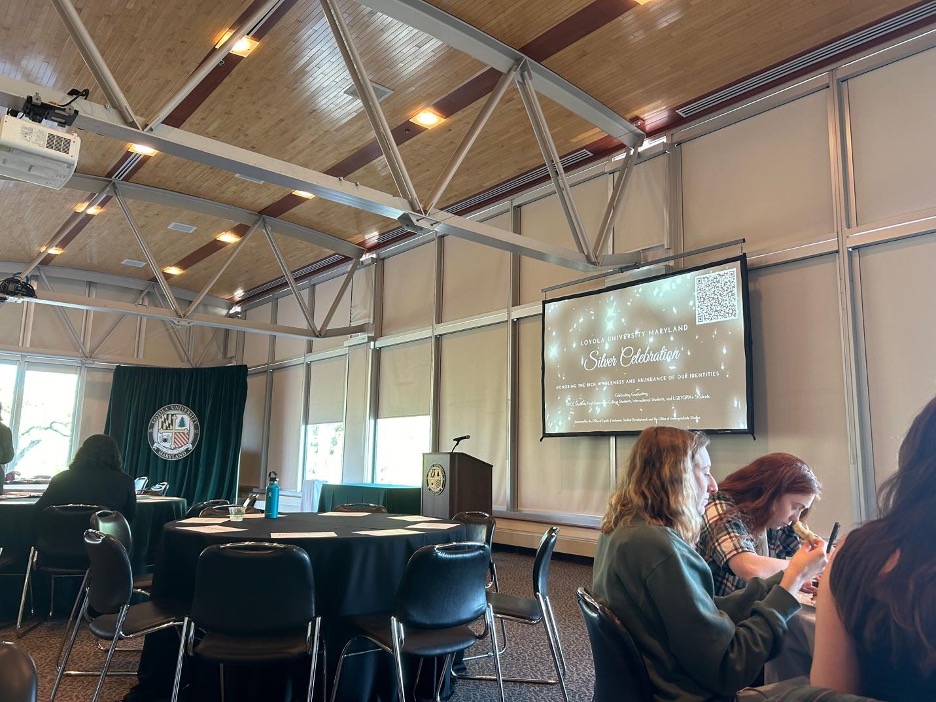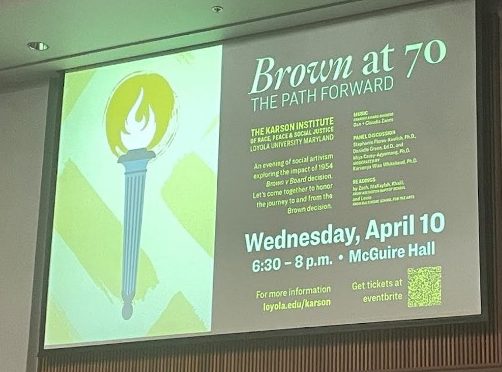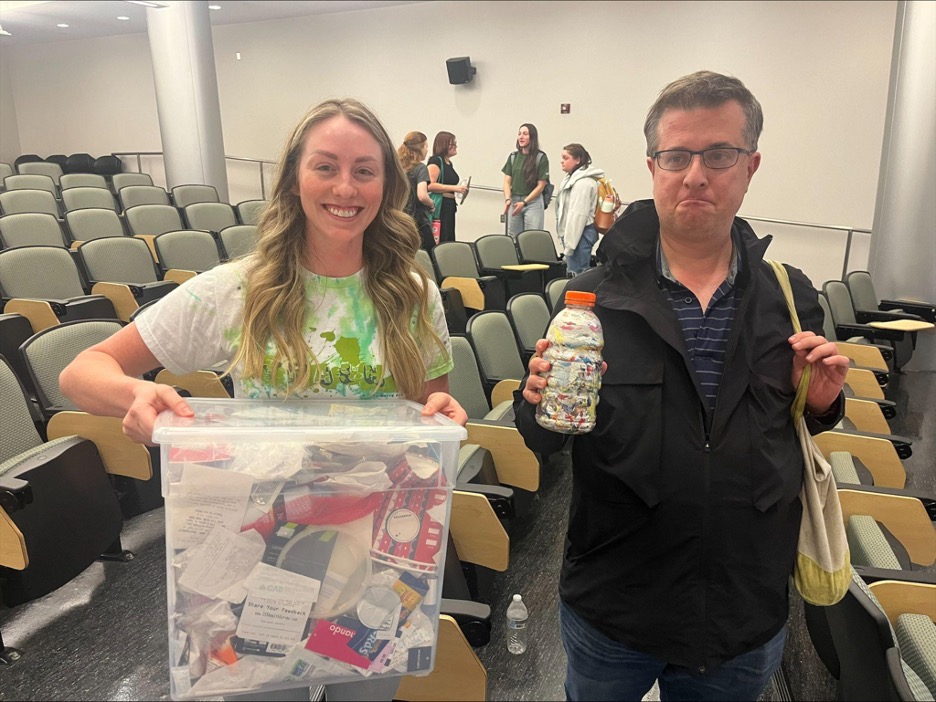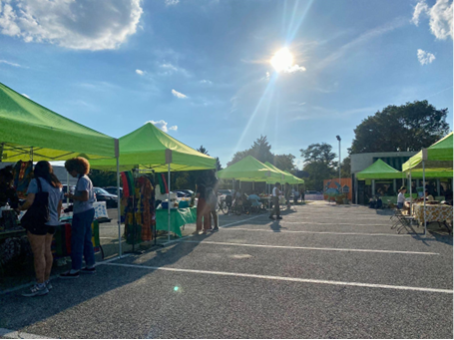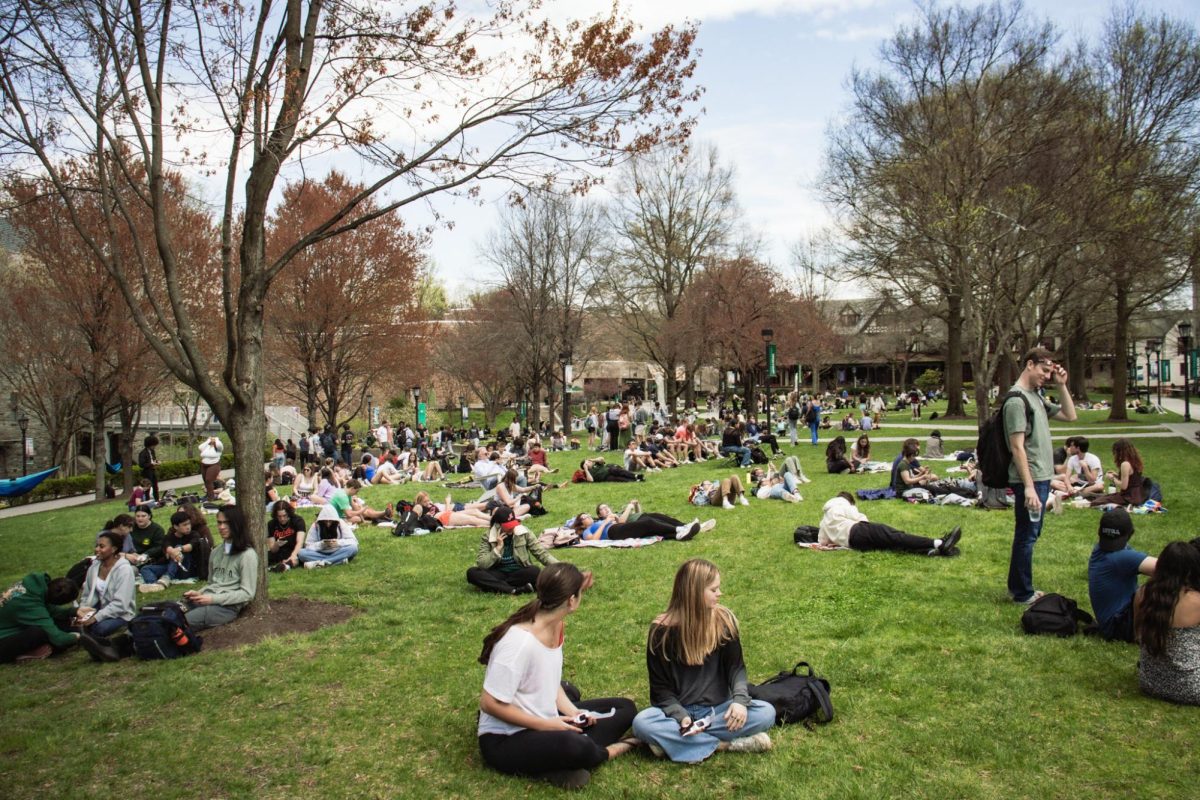The Loyola campus is “committed to reducing our energy consumption to achieve carbon neutrality” through the Energy Management Policy. The ways in which Loyola has demonstrated their commitment to sustainability is through both administrative policies and campus programs, but what does this mean for the Loyola Community?
This shows that Loyola is aware of climate change and is being an active participant in reducing their carbon footprint. Examples of Loyola’s actions toward sustainability include green buildings and sustainable actions taken by our dining services.
Loyola’s “green” buildings consist of Flannery O’Connor, Ridley Athletic Complex, Reitz Arena, and the upcoming Center for Innovation and Collaborative Learning. All the new buildings are constructed LEED Silver Equivalent standard, meaning that the buildings are constructed to be more sustainable. The buildings are more sustainable through the use of energy-efficient lighting, water conservation fixtures, and temperature control. The newer buildings such as Flannery O’Connor and the Center for Innovation and Collaborative Learning are made of recycled or local materials.
The Loyola Dining Services get 20 percent of our food from local vendors. The dining services also use compostable to-go boxes, plates, and bowls. The recycling bins are helpful with the added boards that direct you on where to put your waste. An added practice this year to the Loyola’s “Reduce, Reuse, and Refill” is Cupanion. Cupanion is partnered with the Fill It Forward initiative. If you purchase the Cupanion code from Iggy’s or Boulder 2.0 and then scan it every time you use your cup, it will donate one cup of clean water to the Loyola Project.
I think Loyola has done a pretty good job of being sustainable, but there is still room for improvement. Constructing green buildings creates a long-term solution with the conservation areas for the existing plant life and native habitats. If the buildings affect the land, then the school plants trees in response.
Some ways to improve campus sustainability is to get compostable utensils. Last year, Boulder 2.0 had compostable spoons for the Chobani station, but this year, they have gotten rid of them. Another way is to increase the percentage of food from local vendors.
If you have any ideas for Loyola to be more sustainable, you can fill out this form <https://www.loyola.edu/department/dining/contact>
To learn more about the sustainability at Loyola, check out https://www.loyola.edu/department/sustainability/campus-sustainability/initiatives
Picture courtesy of loyola.edu


